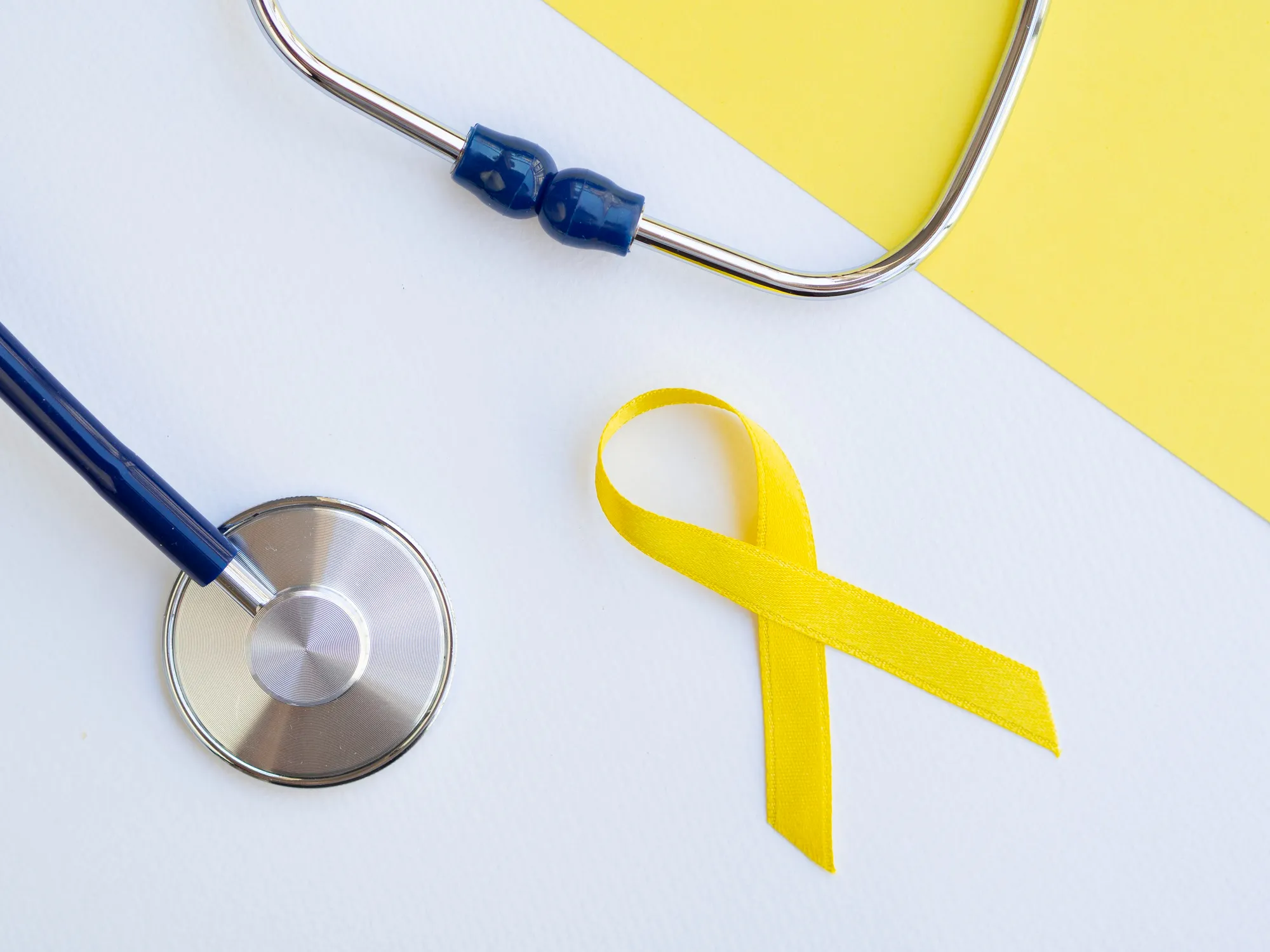Keywords
1. Temporary hair dye safety
2. Hair dye toxicity
3. Cytotoxic c
4. Hair dye and cancer risk
5. Percutaneous absorption of hair dyes
In recent years, the use of hair dyes has become increasingly popular among individuals seeking to express their personality, cover greying hair, or simply change their appearance. While hair-coloring products vary widely, ranging from permanent and semi-permanent to temporary dyes, it is the latter that has gained particular popularity due to its affordability and ease of use. However, the bio-safety of such products, including widely used dyes such as fuchsin basic, Victoria blue B, and basic red 2, has been called into question by a recent study published in the journal Molecules.
The comprehensive study, conducted by a team of researchers led by Liu Bing from the Guangzhou Key Laboratory of Construction and Application of New Drug Screening Model Systems, Guangdong Pharmaceutical University, utilised a comparative approach to investigate the percutaneous absorption, hemolytic effect, and cytotoxic effects of these three domestic temporary hair dye molecules (DOI: 10.3390/molecules24091744). Furthermore, theoretical and experimental analyses were performed to assess the interactions between these dyes and serum albumins as well as calf thymus (CT)-DNA after skin penetration.
The findings are concerning for consumers who frequently use temporary hair dyes, suggesting that these products may not be as benign as once thought. This article delves into the potentially harmful impacts of these beauty products, elevating the discourse on product safety in personal care and the need for informed consumer choices.
Hemolytic Effect and Percutaneous Absorption
One of the critical aspects of the study was the assessment of the hemolytic effect, which refers to the ability of a substance to cause the destruction of red blood cells. The study found that the dye molecules exhibited a cytotoxic nature towards human red blood cells and NIH/3T3 cell lines. This is particularly alarming because it indicates the possible penetration of the dye molecules into the bloodstream, which could potentially disrupt the normal functioning of red blood cells and lead to hemolysis.
Cytotoxicity and DNA Interaction
The cytotoxic effects of the investigated hair dye molecules were further reinforced by the intense interactions observed with bovine serum albumin (BSA) and DNA. DNA is the blueprint of life, and any adverse interaction could cause mutations leading to various diseases, including cancer. The study’s molecular docking simulations provided insight into the affinity of the dye molecules for BSA and DNA, raising bio-safety concerns over the prolonged use of these chemicals.
Hair Dye Toxicity and Human Health
While previous research has focused extensively on permanent hair dyes, the Liu Bing et al. study brings to light the potential dangers of temporary hair dye molecules. Considering that temporary dyes are generally perceived as safe due to their short duration on the scalp, the results from this study suggest that even short-term exposure to these chemicals may pose a health risk.
Implications for the Beauty Industry
This new evidence on the toxic potential of temporary hair dyes could have far-reaching implications for the beauty industry at large. With increased consumer awareness, the demand for safer, non-toxic alternatives may influence product development and regulation. The study calls into question the existing safety assessments of temporary hair dyes and suggests a need for more rigorous testing protocols.
Moving Forward with Precaution
The research team concludes that temporary hair dyes may indeed carry risks to human health, and consumers should be made aware of their potential toxic effects. Although further research is required to fully ascertain the long-term effects of these temporary hair dyes, it is essential that consumers approach their use with caution and that product formulations are improved in response to such safety concerns.
References
The article references several studies and reports that underscore the need for understanding the complex relationship between hair dye use and human health:
1. Swati M., Sudarson S.S., Mukesh S. Microbial decolorization and detoxification of emerging environmental pollutant: Cosmetic hair dyes. J. Hazard Mater. 2017;338:356–363. DOI: 10.1016/j.jhazmat.2017.05.023
2. Tai S.Y., Hsieh H.M., Huang S.P., Wu M.T. Hair dye use, regular exercise, and the risk and prognosis of prostate cancer: Multicenter case-control and case-only studies. BMC Cancer. 2016;16:242–249. DOI: 10.1186/s12885-016-2280-7
3. Zanoni T.B., Hudari F., Munnia A., Peluso M., Godschalk R.W., Zanoni M.V., den Hartog G.J., Bast A., Barros S.B., Maria-Engler S.S., et al. The oxidation of p-phenylenediamine, an ingredient used for permanent hair dyeing purposes leads to the formation of hydroxyl radicals: Oxidative stress and DNA damage in human immortalized keratinocytes. Toxicol. Lett. 2015;239:194–204. DOI: 10.1016/j.toxlet.2015.09.026
4. Guo H., Bassig B.A., Lan Q., Zhu Y., Zhang Y., Holford T.R., Leaderer B., Boyle P., Qin Q., Zhu C., et al. Polymorphisms in DNA repair genes, hair dye use, and the risk of non-Hodgkin lymphoma. Cancer Cause Control. 2014;25:1261–1270. DOI: 10.1007/s10552-014-0423-1
5. Wu S., Li W.Q., Cho E., Harris J.E., Speizer F., Qureshi A.A. Use of permanent hair dyes and risk of vitiligo in women. Pigment Cell Melanoma Res. 2015;28:744–746. DOI: 10.1111/pcmr.12402
The study by Liu Bing et al. represents a pivotal contribution to the field, highlighting the importance of continued research into the bio-safety of hair dyes. It encourages consumers to make informed decisions, developers to consider safer alternatives, and regulatory bodies to reconsider current standards and policies in the interest of public health. As society progresses, it becomes increasingly vital to ensure the safety of everyday products to achieve a balance between beauty trends and healthcare awareness.
